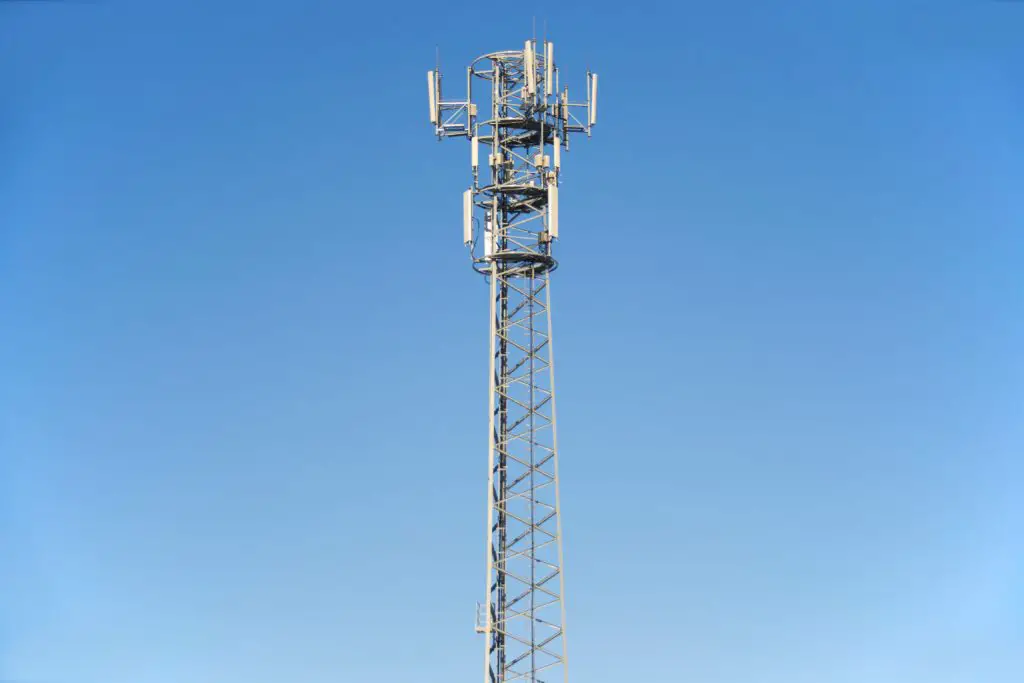Are you having signal issues? One moment you are connected, busy binging on your favorite show, and the next your WiFi antenna just does not want to work. We will look at some tips to help boost your signal and what to avoid that causes signal strength to decline. Let us know ‘How To Position WiFi Antennas?’.

Make sure that all the antennas are facing the same direction, pointing vertically out of the sensor. To amplify the signal, it is advisable to place the WiFi router in a central area, away from the wall that diminishes signal strength. More tips include avoiding placing metal objects nearby.
Two Types of WiFi Routers
- Self-contained with no viable antennas
These routers are more restricted in how they can boost signal strength. Should you have one of these units, the best thing would be to physically move the router to the middle of the room, home, or office.
- WiFi routers with antennas come in three groups:
Directional antennas are more than two and go up to four, sometimes more.
Semi directional antennas, commonly two antennas.
Omni-directional antennas are one antenna.
Routers with a Single Antenna
The best direction is up. To get the maximum range, place the router in a central area with the antenna pointed up to allow the radio waves to extend horizontally.
Routers with Two Antennas
If your router has two antennas, your widest range would be to put one antenna vertically and the other one horizontally for the broadest coverage. So why not just point both antennas upward? The reason is that the signal would only be radiating out on a single plane. If, however, you point the antennas vertically and horizontally, then you would also cover devices that are positioned both higher and lower than your router. A simple mental picture would be to think of a pebble thrown into a still lake. Imagine how those ripples emanate outward from the antennas.
How to Position Routers with Three Antennas?
At home, for a standard home router, the optimal position would be to place the central antenna vertically and the other antennas at a 45-degree angle.
If you are in an office setting and your router is wall-mounted, opt to position the outer antennas at a degree greater than 45 to almost perpendicular to the wall.
How to Position Routers with Four or More Antennas?
With multiple antennas, a basic principle would be to position the router in the middle of a room, where possible. The next important step would be to point the middle antenna/s vertically and the outer antennas at a 45-to-60-degree angle. The outer antennas should be perpendicular to the direction your devices are positioned.
More Considerations that Affect Your WiFi Speed and Signal
- Relative antenna distance
This averages between 4.9 inches for 2.5Ghz and 2.45 inches for 5Ghz. Unfortunately, this is based more on the chassis size of the router than it does on the positioning of the antennas.
- Blocked antennas
Obstacles, in particular metal objects, could cause signal loss or even dead spots due to positioning. This could include fridges, stoves, ventilation ducts, and the like.
- Other external factors
Factors such as humidity and other kinds of weather sometimes have a greater influence on signal strength than does the positioning of the antenna. Moisture from humid weather or too many people in a room could inhibit your WiFi signal.
Conclusion
Living in an ever-increasing world of connectivity ranging from playing, learning, and working online, you can’t let WiFi signal issues get the best of you. Check the placement of your WiFi router with your other devices, equipment, and ornaments, as they might hinder your connectivity. Placing one antenna vertically is fine, but if your device has more antennas, go for a 45-60 degree angle.
Frequently Asked Questions
- Does the position of the WiFi antenna matter?
Yes. To achieve maximum range, it does help if the antenna is facing up, especially if your router only has one antenna. However, it does help if the placement of the router is centrally located and set up high.
Do more antennas mean a greater WiFi range?
Not necessarily. One would think that more antennas would equate to more signals being transmitted. Unfortunately, you cannot merely count the antennas and determine the wireless routers’ rate-vs-range.
What are MIMO streams?
This is the process of “ganging” multiple radio chains together to boost the performance of the signal range.
Why is Your WiFi Router Less Effective in the Kitchen?
One reason for signal loss in the kitchen would be the amount of metal that surrounds your router. You could have a fridge, a freezer, a stove, a microwave, and a television set. These could all play a part in signal loss. The main culprit for signal loss is your microwave, which operates on similar frequencies as that of the router.
